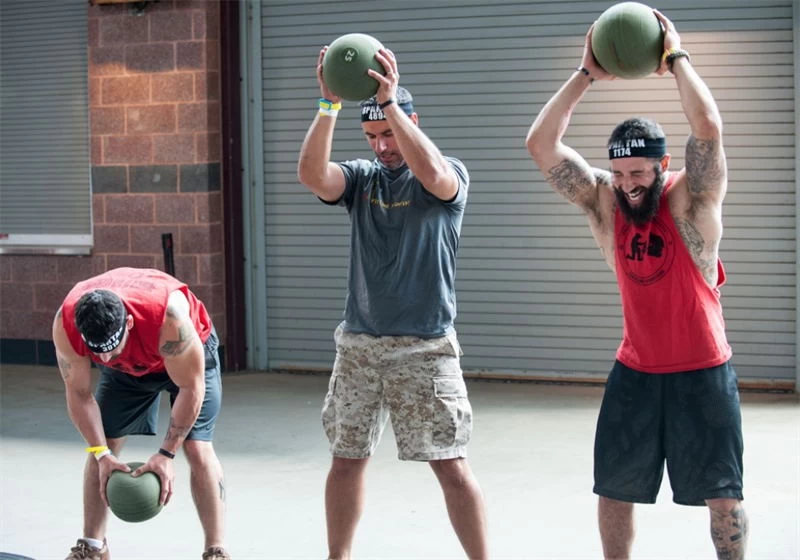Are you struggling with how many different modes of exercise you should be engaged in on a weekly basis in order to reach your fitness goals? Here are some of the most important elements in that equation that should solve the mystery for you:

1. How are you wired?
Do you look forward to a slate of disparate (and, hopefully complementary) activities over the course of the week or even in
a single workout
? If that’s a point of motivation for you, it’s a good idea to try and see if it’s manageable. Just don’t over schedule or do everything because you planned it. You never want to create a sense of obligation “just because” where your workout program is concerned. The flip side of that is if you are a one-trick pony (runners, swimmers, cyclists and yoga practitioners are often dedicated to their single activity of choice). If your motivation resides in your singular passion, then that might be the best choice for you. Just be aware of the extent to which your chosen discipline addresses all the major components of fitness (strength, stamina, flexibility and core stability). If it doesn’t, adding what’s missing is advisable. Burnout and injuries from repetitive, single plane movements are common among such athletes and I see and correct them on a regular basis in my work with clients.

2.If you are engaging in just one or two types of exercise, how balanced are they intrinsically?
Besides addressing the four fitness components listed above, your program should include full-body, relatively symmetrical,
broad and varied movement
patterns. Yoga does. Running doesn’t. Gymnastics does. Cycling doesn’t. Swimming (multiple strokes) does better than many others but not as well as surfing or rock climbing. Get the picture? So a program that includes cardio, strength and flexibility/core work still needs to load your muscles and joints in as broad, varied and balanced a way as possible to be optimally safe and effective. If you’re not sure you know how to do that, you don’t. That’s why there are nationally certified, experienced trainers to guide you.

3.Do you crave familiarity or constant change?
This may sound a bit like the first issue I covered above but I’m talking about something a little different now. Most of my clients like that I vary the formats constantly so they don’t get bored. But I manage that process for them and make sure the other two points covered above are addressed. For those who only see a trainer once a week or not at all, you’re managing it yourself. There’s a clear point of diminishing returns when you get into chaotic variety or have a a program that has the detail of the U.S. tax code. Alternatively, some are simply creatures of habit, preferring simplicity of structure and confidence in their knowledge of how to execute a given exercise. A good halfway point between the two approaches is to have a few different formats for each mode that you rotate periodically or when you just feel like a change. I practice about 8-10 different high-intensity strength training techniques I try not to repeat on a weekly basis so I stay present and don’t get stale. But boxing training is my background and my cardio activity of choice. So I do that about half the time and mix in other activities that have complementary movement patterns (things like rowing machine,
medicine ball slams
and
kettle bell swings
, which are mostly pulls while hitting a heavy bag is primarily a push force) for my aerobic and core work.

If you’re just getting started and all this sounds overwhelming, understand that there are very simple templates you can create that include just a few key exercises but cover the major bases. You can spend a couple of sessions with a trainer to get a basic program set up that will suit your initial needs and then expand it when and if you’re moved to do so.
But knowing what’s important and why is critical to creating the best program mix. Hopefully this is a helpful first step.



